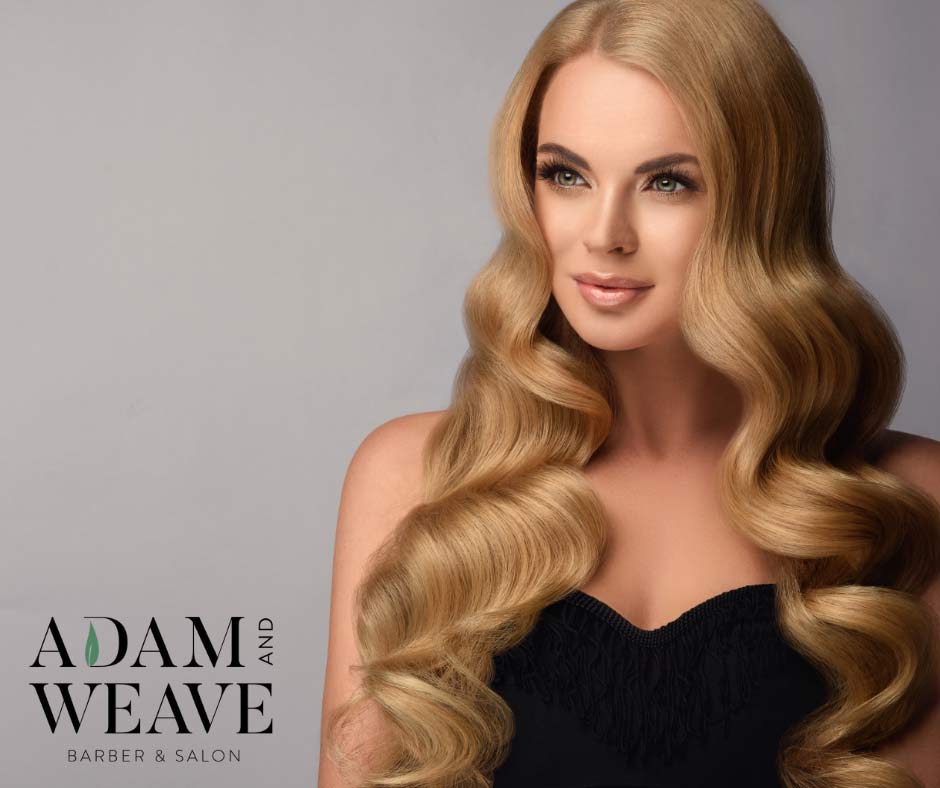Brazilian, Peruvian, European, Russian, Indian, Chinese, raw hair, 100% human hair, virgin hair, wefts, tapes, keratin bonds, itips, clip ins, invis-wefts are some of the many names you will come across as you begin your hair extension research. But searching the internet trying to find truly honest reviews and information, is like trying to barter a good deal with a peddler at the bazaar.
So when it comes to trying to work out which type of hair extension is best for you, there isn’t a one size fits all approach. The information online is often vague and confusing, as you try to assess which site is credible and whether they are transparently using the right words to describe the product they are trying to sell you.
With so many varieties of colours, lengths, volumes and styles, apart from the various installation methods, it can be truly overwhelming. We recommend that you consult with a professional and experienced hair extension specialist, as there are many factors involved in choosing the right one, including lifestyle, hair type, budget and required maintenance and care. Our consultations are complimentary and without any obligation, so book here to make yourself an appointment.
And in the meantime, let’s give you some crucial information to help you navigate the world and language of the most popular hair extensions methods available.
Human Hair vs Remy Hair
Ok so let’s try and break this down as best we can as basically like all things you really do pay for what you get and which is why you can pay anything from a hundred dollars up to thousands of dollars for hair extensions and here is why.
The label human hair is a label that covers a multitude of things. Human hair in extensionese (as we like to call it) comes from multiple sources and comes from salon floors and hairbrushes. The hair is then sorted to match lengths to lengths then bundled together before undergoing a chemical process in order to make it palatable for sale. With human hair there is no possibility that the tops and the ends of the hair are in the same direction, hence the reason that the hair then needs to undergo the following process.
It is washed in an acid bath to strip the hair of debris and to soften the cuticles before it is then coated in silicone, making the hair smooth and silky to the touch and adding shine. The silicone also makes the hair heavier, and as hair is sold per gram it means more $$$ for the seller.
As we already mentioned as the hair is from a variety of sources and the cuticles are in all different directions, the silicone that has been applied will be removed after several washes, leaving you with an extension that is dull and constantly tangled. No amount of product or brushing will rectify this and eventually it will make its way to the trash.
This type of hair quality is at the lower end of the market and often comes with an inexpensive price tag. Unfortunately, it can also be pawned off as Remy hair for a higher price tag which you will find out is not the case not too long after and is the most available type of hair due to its high supply. This is a rife practice in the industry that has no accountability or certification, meaning that there are lots of sharks in a fishpond.
While the marketing and the price tag is tempting, the only way to be certain of what you’re purchasing is to purchase the hair from a hair extension specialist that truly knows the source of the hair and have had it examined under a microscope as there is no way to detect the uneven cuticles via touch or the naked eye. Hairstylists who are trained in various types of installation, don’t always know, although they can assess the quality of the hair, unless they are an extension specialist with experience buying hair directly from the source, they are relying on the marketing and the claims of their supplier. Chose a reputable salon with a strong repeat clientele and history, and a stylist who has credibility. Buying from a salon means that you have the safety of accountability should you ever have any problems with your extensions.
The verdict on human hair
Basically, it’s good for a short time use or a onetime event, if attached via tape, keratin bonds or a weave. It will have a shelf life of 6 weeks (yes, we know the websites say 6 months, but we are telling you the honest truth, after several washes it is no longer suitable for reuse) If it’s a clip in worn occasionally yes it will last you up to 6 months of continuous wear if meticulously cared for.
